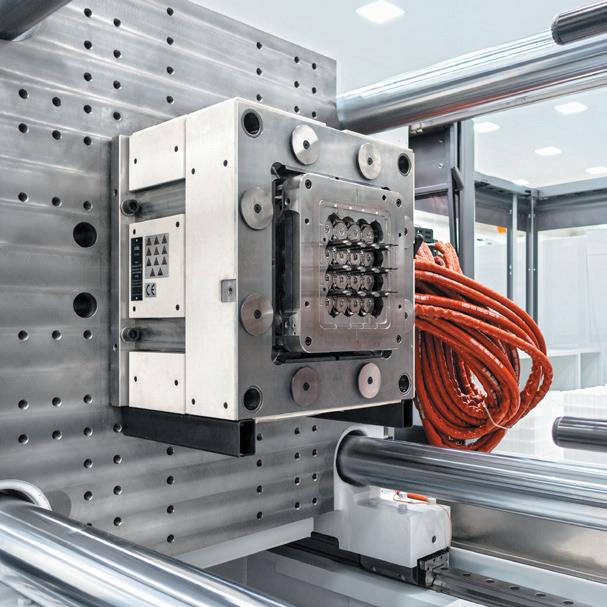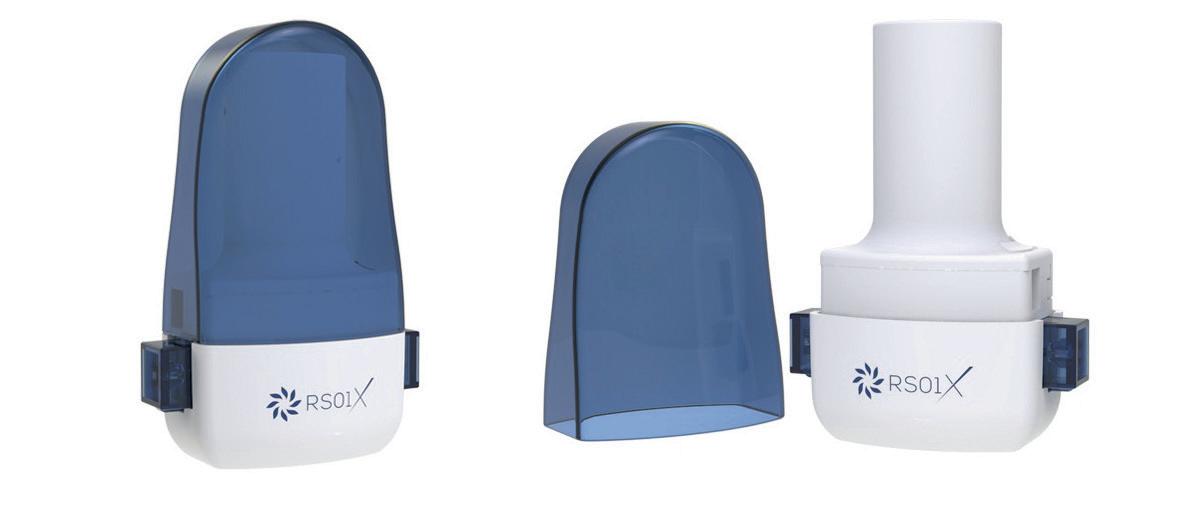CYBERSECURITY
MITIGATING CYBERSECURITY IN THE IoT
RISKS
BRAD SMITH, A TECHNOLOGY BLOGGER AND RESEARCHER AT TURNONVPN, ADVOCATES FOR A SAFE, SECURE, AND CENSOR-FREE INTERNET FOR ALL.
A
ccording to a recent analysis by The Insight Partners, the medical plastics market is set to grow at a 7.7% CAGR during the next few years.1 For some market sectors, that growth will be at an even higher rate. Although this opens tremendous opportunities for medical advancements, it also creates some real risk. As medical plastics become more advanced, giving doctors access to realtime patient data — and giving patients the upper hand in circumventing medical emergencies — information is constantly on the move. This ongoing data exchange can provide an in-road for a hacker with malignant intentions. Not only is each patient at risk of having their data skewed or corrupted, but each institution receiving that data is at risk of having their network infiltrated and compromised. If your network is adequately protected, you can help avoid a breach. At the same time, the medical IoT is growing, as is our technology for storing data. More databases than ever are moving to cloud-based storage, which provides greater storage capacity and allows medical professionals to access to the patient information they need, wherever they are. Unfortunately, these clouds don’t always have sufficient cybersecurity in place, leading to successful breaches.² Once cloud-based storage has been compromised, its data is also at risk. In addition, any user logging into the cloud to retrieve data can open up their network to the same hacker. A single poorly protected cloud can quickly expose many different networks and all the other sensitive data they hold. It’s no wonder, therefore, that people and companies have begun to pay more attention to how they’re protecting their sensitive data. Medical plastics are already used daily by medical professionals and healthcare providers. With new advancements on the horizon, we’ll likely see even more of these plastics making their way to providers and patients. Now is the time to improve cybersecurity protocols before any data is lost or exposed. It’s not just data that is at risk from insufficient cybersecurity protocols — with the increase in digital hospital equipment, devices using a compromised network can also be tampered with. Although we often think of the ramifications of lost patient data and how they can be used against the patient for identity theft or fraud purposes, the risk of ransom situations for the hacked institutions is also very real.
medical device or access sensitive customer data. This not only affects the operation of the product but also the reputation of the company. Hackers remain at the forefront of technology, and it’s no secret that cyberattacks have been on the rise. With a 158% increase of ransomware in the past few years in the US, there’s no sign of it slowing down.³ We’ll likely always need to adjust our cybersecurity protocols to keep sensitive data safe. For now, the best thing the medical plastics industry can do to keep their products, consumers, and patients safe, is to take the cyber threats seriously — and protect their products and their networks as fully as they possibly can. NB Content developed in partnership with ExpressVPN. References 1. https://www.globenewswire.com/en/ news-release/2021/04/20/2213476/0/ en/Medical-Plastics-Market-to-Growat-7-7-CAGR-to-Hit-USD-44-669-63Million-by-2027-Impact-of-COVID-19Pandemic-and-Global-Analysis-by-TheInsight-Partners.html 2. https://www.govinfosecurity.com/ union-benefits-administrator-says-datadeleted-in-hack-a-16872 3. https://www.theguardian.com/ technology/2021/jun/14/age-of-thecyber-attack-us-digital-destabilization
Fortunately, there are two small changes you can make that will strengthen your cybersecurity: • Install a Virtual Private Network (VPN). Using a VPN for network encryption scrambles any sensitive data as they travel through cyberspace. This makes the information — including log-in information and passwords — more difficult for hackers to decipher, leaving your network and your patients’ data better protected. nsure staff use secure passwords and multifactor authentication for all • E their devices and accounts. On top of strong passwords and keeping them safe from others, multifactor authentication adds another layer of security to your accounts: it requires users to go through an extra step of identity confirmation on a personal device. Designers of medical IoT should always keep in mind the aforementioned potential threats such as hacking and data stealing. Make sure security protocols are in place for data collection and storage. Once a device or a database is hacked, the criminal can affect the functioning of connected WWW.MEDICALPLASTICSNEWS.COM
9





